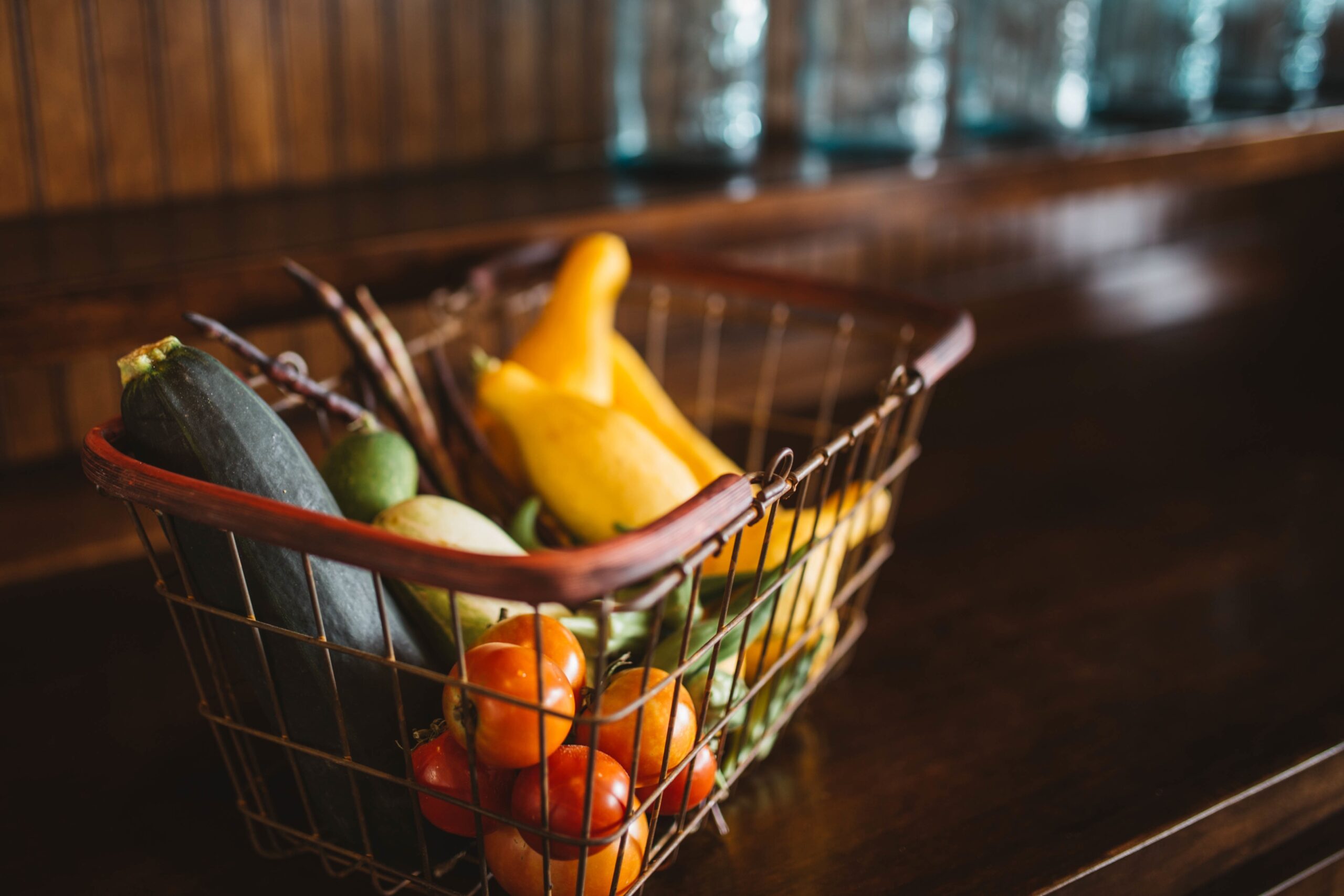
SNAP, or the Supplemental Nutrition Assistance Program, is the nation’s largest anti-hunger program. The program provides timely, targeted and temporary support to low-income households for the purchase of food.
How Does SNAP Work?
Benefits are delivered monthly through an electronic debit card (EBT) programmed to allow only the purchase of food. Most households must reapply for SNAP every six to twelve months. Workers and their families turn to SNAP to temporarily supplement low or fluctuating pay or to help them get by during spells of unemployment. The federal government pays for SNAP benefits and shares the administration costs with states, with 93% of program costs going directly to food.
This program serves households with income up to 130% of the federal poverty line that meet asset limitations. About 87% of SNAP participants live in households with children, elderly individuals, or individuals with disabilities. Allocations vary by composition of household and income level to ensure those most in need can afford an adequate diet. The average monthly SNAP benefit per person in 2017 was about $126 – roughly $4.13 a day or $1.38 per meal.
SNAP Works for Families, Communities and the Economy
Families
Children with regular access to nutritious food have improved academic performance and have decreased risk of behavior problems, obesity, illness, and infection. Pregnant mothers have improved birth outcomes, and the elderly are less likely to forego prescription medications.
Communities
SNAP reduces poverty. In 2014, it kept over 8 million people– including 4 million children – out of poverty. Because of SNAP, families can buy food, freeing up resources to pay for other basic needs to get by, which infuses additional dollars into the local economy.
Economy
In Arizona alone, SNAP provided $1.33 billion to retailers in the 2017 fiscal year. Moody’s Analytics estimates that every $1 increase in household SNAP generates about $1.70 in economic activity. Without this money going to retailers, their employee numbers or available employee hours may have to drop.
SNAP and Employment
SNAP is carefully structured to encourage work. SNAP Employment & Training dollars help workers prepare for and secure jobs. This program is a way for individuals working long days with low-wages or people who have fallen on unexpected tough times to provide the basics for their family. It is temporary – more than 80% of participants are working in the year before or after getting SNAP.
How the Farm Bill Affects SNAP
On June 22, officials are debating the Farm Bill which could create roadblocks and take food away from families, workers, and those in between jobs.
By maintaining current law, states will continue to have the flexibility to adjust income cutoffs and asset limits, so working families don’t abruptly lose SNAP when they earn or save slightly more. Proposals to restrict or eliminate categorical eligibility would create a cliff that punishes families who are trying to do all the right things: work more hours, get a better-paying job, or save more money so that an unexpected bill or illness doesn’t push them under water.
Without SNAP support, the 520 WeekEnd Hunger Backpacks delivered each week and the 8.6 million breakfasts given to kids at school thanks to Breakfast in the Classroom would not be possible.
By protecting and strengthening SNAP to maintain its responsiveness, we can continue to combat hunger and provide financial stability effectively winning the fight to end hunger.
Urge your elected officials to protect SNAP in the Farm Bill before they vote.
Click “SNAP a Message” to easily find your local representatives and send them a pre-populated, editable message today.

